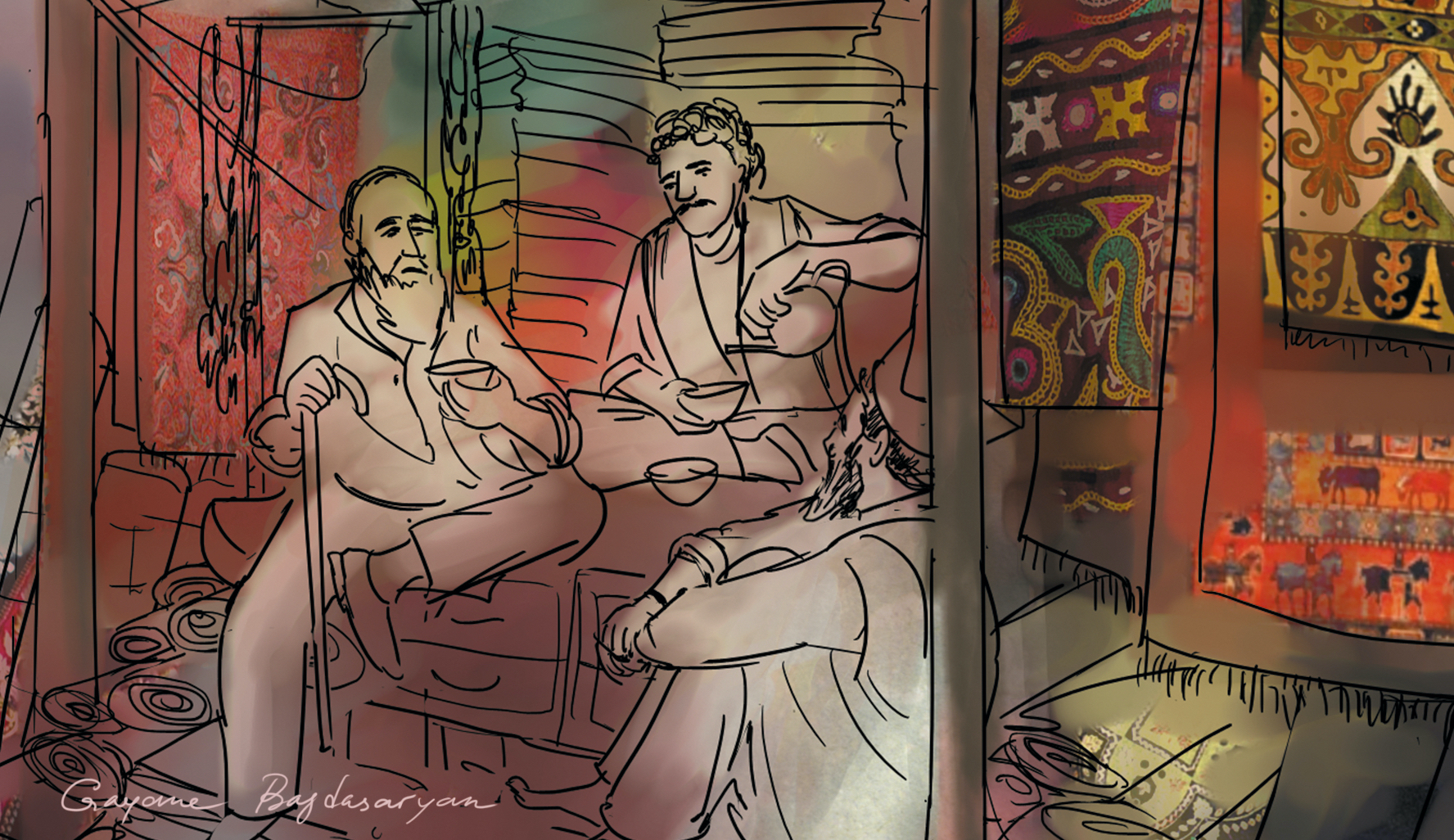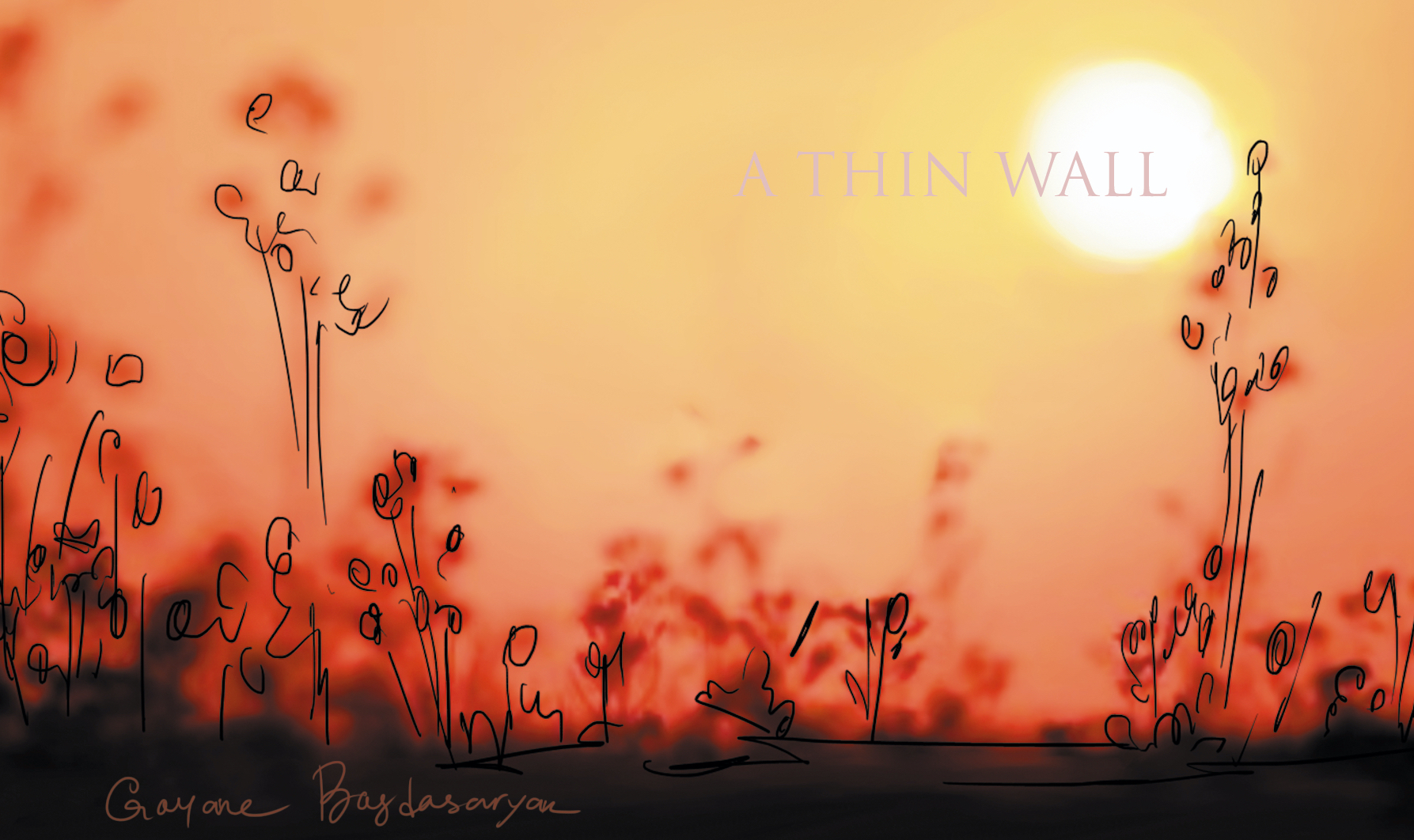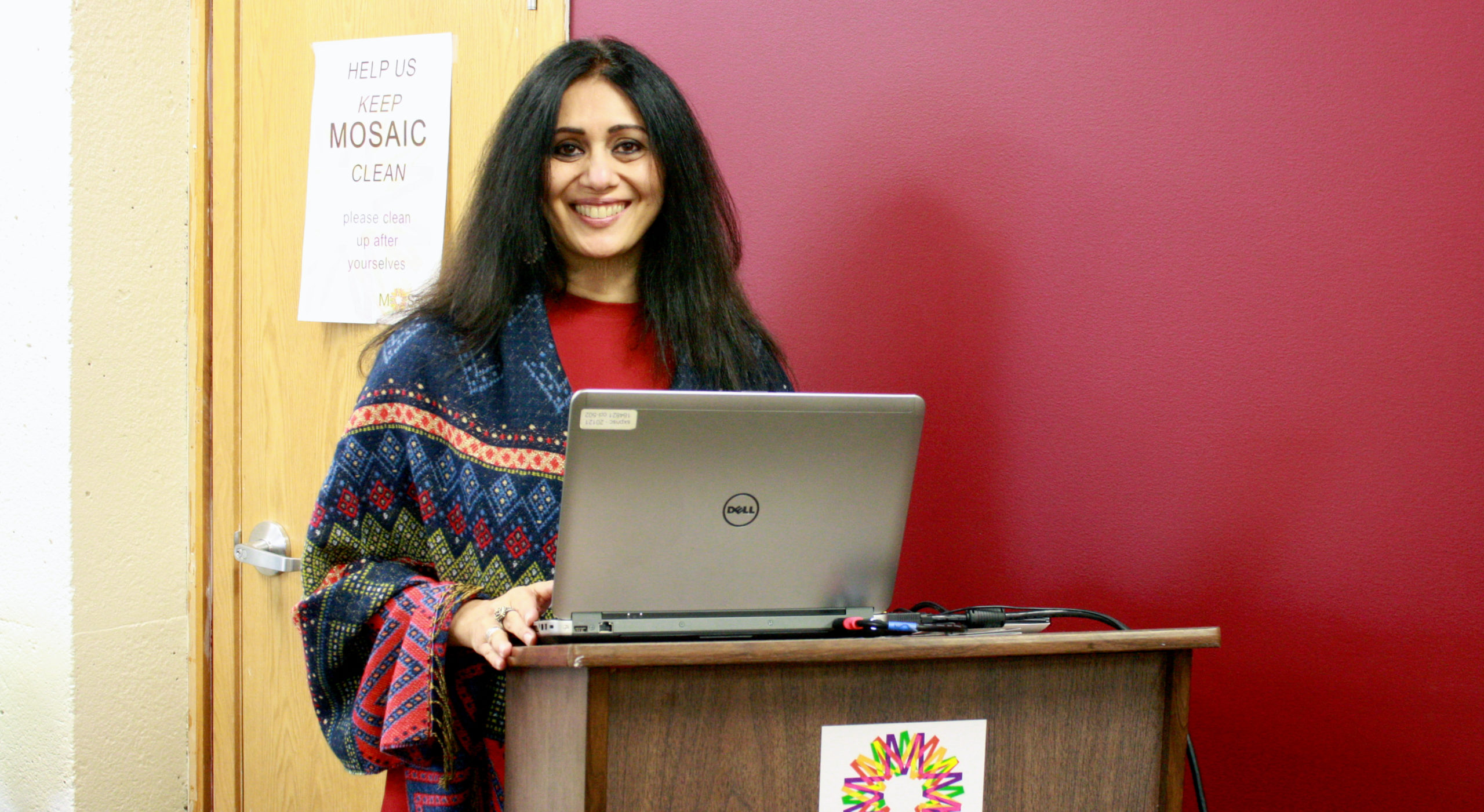Since 9/11, American Muslims face increasing stigmatization and may be subject to a growing backlash from American news media and the broader public. New findings indicate that media coverage of Muslims and Muslim Americans is predominantly negative and has intensified over time. When compared to coverage of other racial and ethnic groups, such as Black, Latino, and Asian Americans, the portrayal of American Muslims is significantly more damaging. Studies show that negative news portrayals of Muslims and Muslim Americans increase hostility toward this group and bolster support for restrictive policies targeting them.
The Media Portrayals of Minorities Project (MPoMP) at Middlebury College released a report in September 2019 analyzing representations of minority groups in American mainstream newspaper databases. The study focused on 2018 media coverage of five major racial, ethnic, or religious minorities: African-Americans (approximately 13% of the U.S. population), Asian-Americans (5%), Latinos (16%), Jews (2%), and Muslims (1%). Among all the minority groups analyzed, Middlebury researchers determined that Muslims were the most negatively portrayed minority in contemporary American media.
This problem is particularly relevant to the portrayals of Muslim women. Following 9/11, Muslim women have been subjected to systematic ‘othering’ by mainstream Western media. Negative stereotypes abound and have proven to be counterproductive for both Western policymakers and Muslim women who feel increasingly marginalized. Television, newspapers, magazines, and other forms of media frequently create narrow, monolithic stereotypes that shape societal expectations, particularly through images of Muslim women that reinforce unrealistic, simplistic, and limiting perceptions.
As a result, Muslim women are frequently portrayed as subservient or in need of saving. The hijab is often seen as a symbol of oppression and equated with a ‘fundamentalist’ Islam that invalidates women’s agency.
As media-generated pictures in the News section show, Muslim women are othered by being depicted as indistinguishable obedient hijabis identified solely by their religious fervor [photo of Muslim women wearing hijabs with heads bent collectively in prayer], or angry troublemakers who can’t seem to assimilate [photo of angry hijabi women protesting]. They are either in need of rescuing by white feminists or in need of censure for not staying within certain political structures.
It is essential to challenge the harmful tropes and stereotypes attached to Muslim women. Media outlets need to abandon exotic images of women in burkas or hijabs, and instead use visuals that accurately represent Muslim cosmopolitanism and diversity. They should amplify authentic Muslim voices and allow them to speak for themselves. There should be a push to enhance the religious literacy of journalists and editors, but also an increase in Muslim journalists who are fluent in religious practices, such as praying, fasting, and wearing the hijab, and are not looking in from the outside. This would help ‘normalize’ Muslim women as multidimensional individuals who belong to various communities.
There should also be a shift away from the politicized dichotomy of “good Muslim/bad Muslim,” which prioritizes so-called liberal Muslims over those who are considered conservative or traditional.




